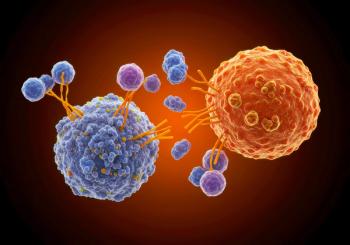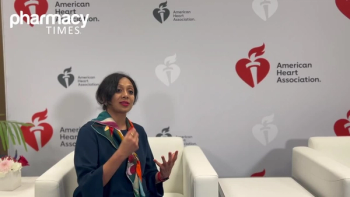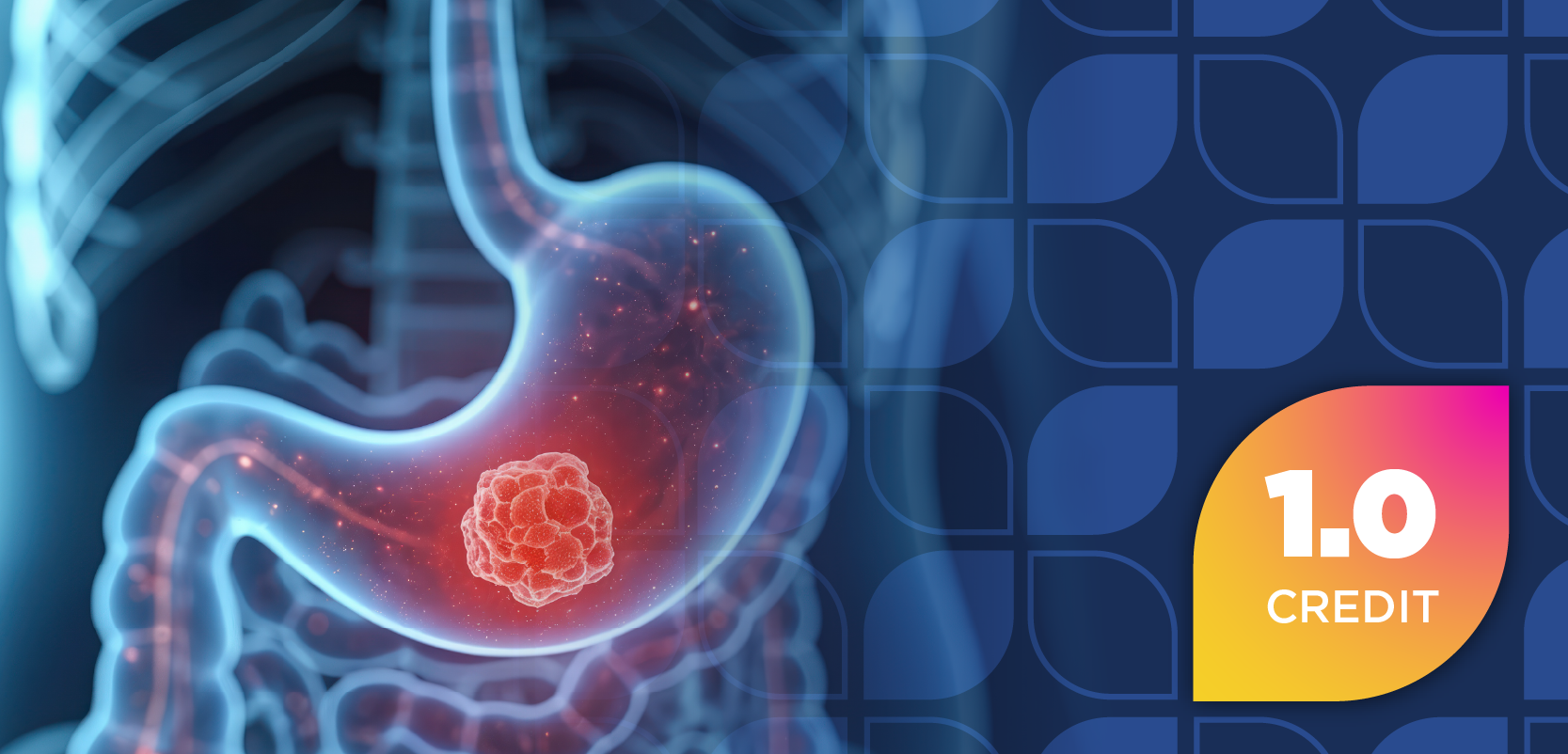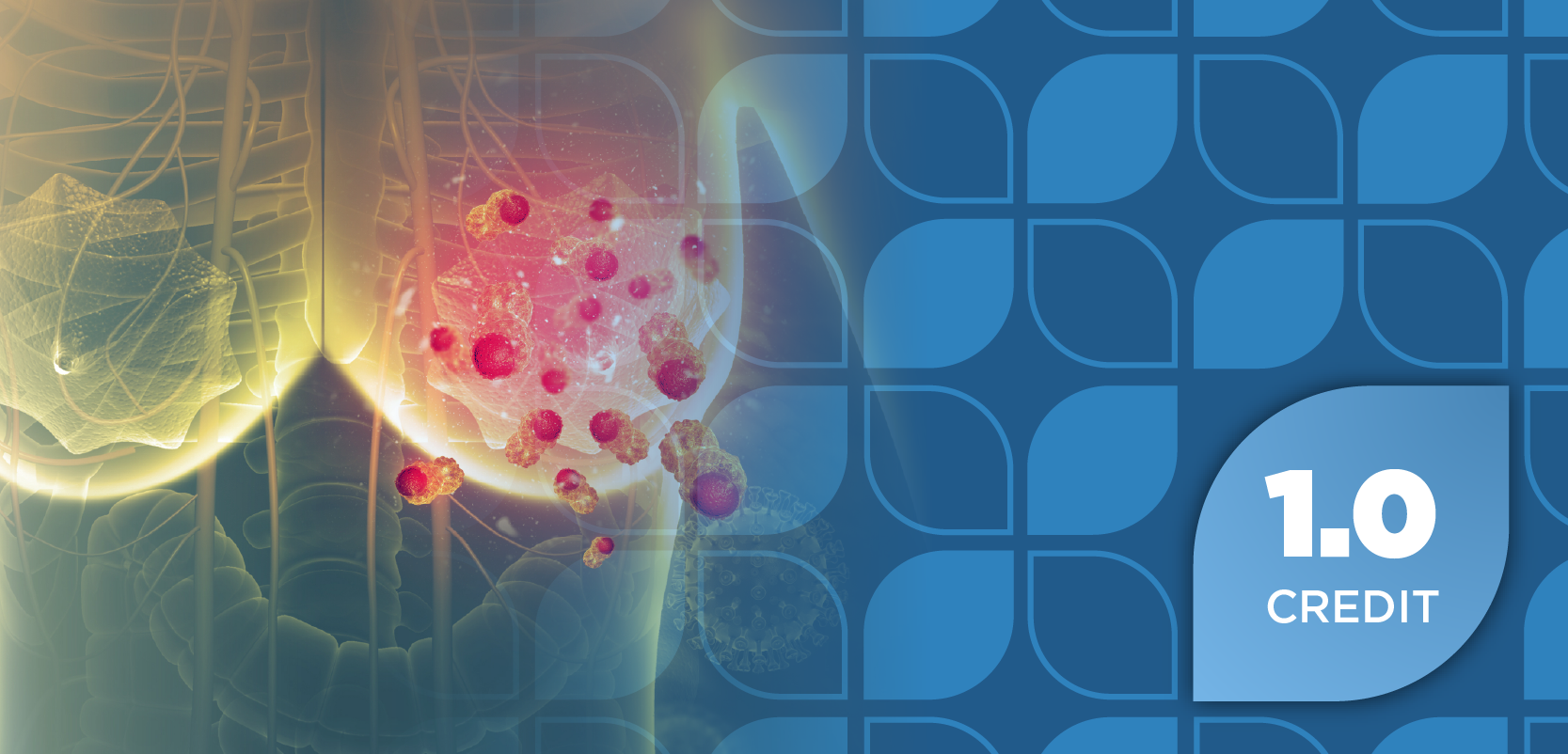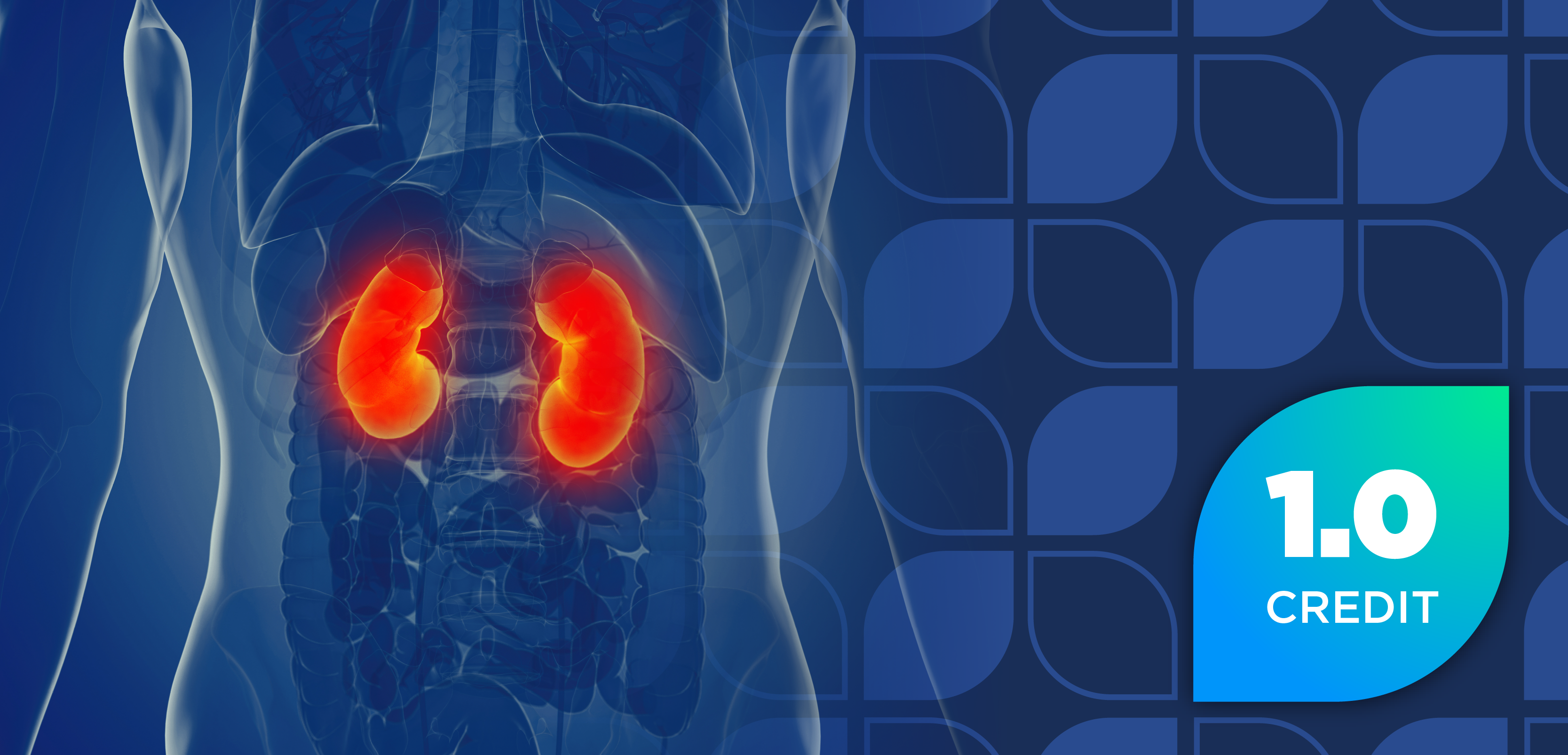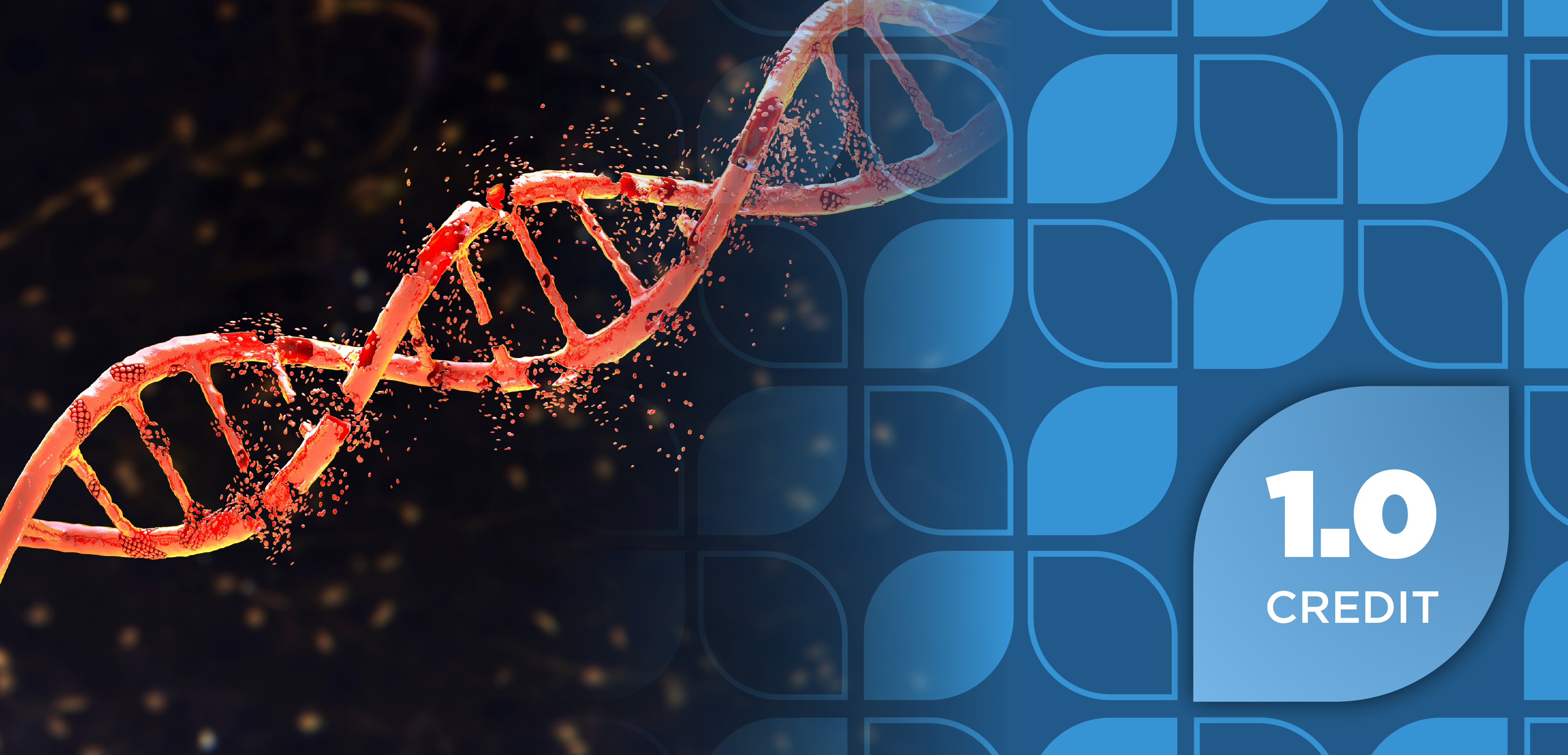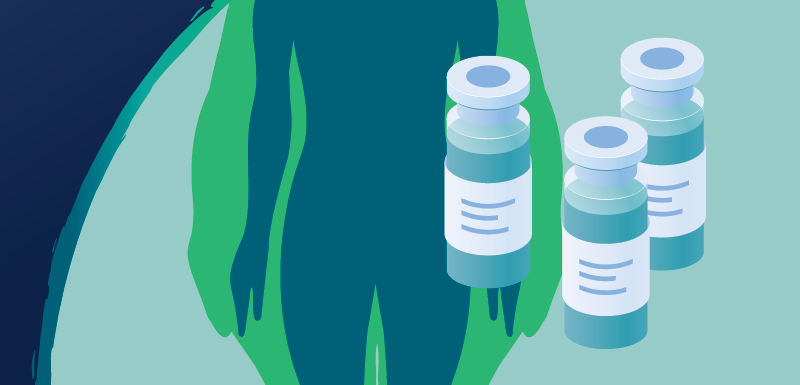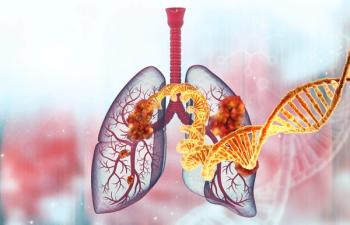
TAR-200 Clears Tumors in 82% of Patients With BCG-Unresponsive Non–Muscle-Invasive Bladder Cancer
Key Takeaways
- TAR-200 achieved an 82% tumor elimination rate in BCG-unresponsive high-risk NMIBC patients, offering a promising alternative to radical cystectomy.
- The phase 2 SunRise-1 trial demonstrated TAR-200's efficacy, with sustained gemcitabine release enhancing drug penetration and effectiveness.
TAR-200 shows promise in treating BCG-unresponsive bladder cancer, achieving 82% tumor elimination and offering new hope for patients.
TAR-200, a unique drug delivery system for sustained delivery of gemcitabine (Gemzar; Lilly Medical), eliminated tumors in 82% of patients with BCG-unresponsive high-risk non–muscle-invasive bladder cancer (NMIBC) ineligible for or refusing radical cystectomy. The investigators from the phase 2 SunRise-1 trial (NCT04640623) reported cancer clearance in as little as 3 months and sustained responses a year later, representing a novel, promising option for patients with aggressive, unresponsive disease.
Bladder cancer is the most common urologic cancer, of which NMIBC accounts for approximately 75% to 85% of all diagnoses. Treatment varies and is determined by risk category. Low- and intermediate-risk patients typically receive transurethral resection of bladder tumor with a single dose of perioperative intravesical chemotherapy. Standard treatment for patients with high-risk disease or BCG, official recommendations advise an induction course of intravesical BCG therapy plus maintenance therapy, depending on treatment response.1,2
In June 2025, the FDA approved mitomycin intravesical solution (Zusduri; UroGen Pharma) for adult patients with recurrent low-grade intermediate-risk NMIBC, marking the first approved treatment for these patients. This is a pivotal step forward, but continued innovation and advanced therapeutic approaches are still needed for those who don’t respond to traditional or emerging therapies.1
“Traditionally, these patients have had very limited treatment options. This new therapy is the most effective one reported to date for the most common form of bladder cancer,” Sia Daneshmand, MD, director of urologic oncology with Keck Medicine of USC and lead author, said in a news release. “The findings of the clinical trial are a breakthrough in how certain types of bladder cancer might be treated, leading to improved outcomes and saved lives.”3
TAR-200 is a first-in-class, pretzel-shaped intravesical drug-releasing system designed to provide sustained delivery of gemcitabine in the bladder. It is inserted into the bladder through a catheter and slowly releases the treatment over a period of 3 weeks per treatment cycle. Standard delivery of gemcitabine to the bladder involves a liquid solution that only remains in the bladder for a few hours.3
“The theory behind this study was that the longer the medicine sits inside the bladder, the more deeply it would penetrate the bladder and the more cancer it would destroy,” Daneshmand explained. “And it appears that having the chemotherapy released slowly over weeks rather than in just a few hours is a much more effective approach.”3
SunRise-1 is a phase 2b parallel cohort study evaluating patient response to either TAR-200 alone, in combination with the PD-1 inhibitor cetrelimab (JNJ-63723283; Janssen Biotech, Inc), or cetrelimab monotherapy. The investigators enrolled 218 patients who were divided into 4 cohorts. Patients with BCG-unresponsive carcinoma in situ (CIS) with/without papillary disease received either TAR-200 plus cetrelimab (cohort 1; n = 53), TAR-200 monotherapy (cohort 2; n = 85), or cetrelimab monotherapy (cohort 3; n = 28). Cohort 4 consisted of patients with BCG-unresponsive high-risk papillary disease-only NMIBC who received TAR-200 monotherapy (n = 52). The primary end points were confirmed overall complete response (CR) rate in cohorts 1 through 3 and disease-free survival (DFS) in cohort 4.4
In cohort 2, the CR rate was 82.4% (95% CI, 72.6-89.8), and the median duration of response was 25.8 months (95% CI, 8.3-not estimable). In cohort 4, the DFS rates at 6, 9, and 12 months were 85.3% (95% CI, 71.6-92.7), 81.1% (95% CI, 66.7-89.7), and 70.2% (95% CI, 51.6-82.8), respectively. In cohort 1 and cohort 3, the CR rates were 67.9% (95% CI, 53.7-80.1) and 46.4% (95% CI, 27.5-66.1), respectively.4
The rates of grade 3 or higher treatment-related adverse events were 12.9% in cohort 2, 13.5% in cohort 4, 37.7% in cohort 1, and 7.1% in cohort 3. Rates of serious treatment-related adverse events were 5.9%, 5.8%, 15.1%, and 3.6% in cohort 2, cohort 4, cohort 1, and cohort 3, respectively. No treatment-related deaths occurred.4
“We are at an exciting moment in history,” said Daneshmand, who has been researching this novel treatment since 2016. “Our mission is to deliver cancer-fighting medications into the bladder that will offer lasting remission from cancer, and it looks like we are well on our way toward that goal.”3
REFERENCES
1. Gerlach A. Mitomycin intravesical solution receives FDA approval for non–muscle-invasive bladder cancer. Pharmacy Times. June 12, 2025. Accessed August 13, 2025. https://www.pharmacytimes.com/view/mitomycin-intravesical-solution-received-fda-approval-for-non-muscle-invasive-bladder-cancer
2. Goldberg IP, Lichtbroun B, Singer EA, Ghodoussipour S. Pharmacologic Therapies for Non-Muscle Invasive Bladder Cancer: Current and Future Treatments. Arch Pharmacol Ther. August 31, 2022. PMCID: PMC9431226
3. New treatment eliminates bladder cancer in 82% of patients. News Release. August 13, 2025. Accessed August 13, 2025. https://www.eurekalert.org/news-releases/1094235
4. Daneshmand S, Van Der Heijden M, Jacob J, et al. TAR-200 for Bacillus Calmette-Guérin–Unresponsive High-Risk Non–Muscle-Invasive Bladder Cancer: Results From the Phase IIb SunRISe-1 Study. JCO. July 30, 2025. DOI:10.1200/JCO-25-01651
Newsletter
Stay informed on drug updates, treatment guidelines, and pharmacy practice trends—subscribe to Pharmacy Times for weekly clinical insights.

